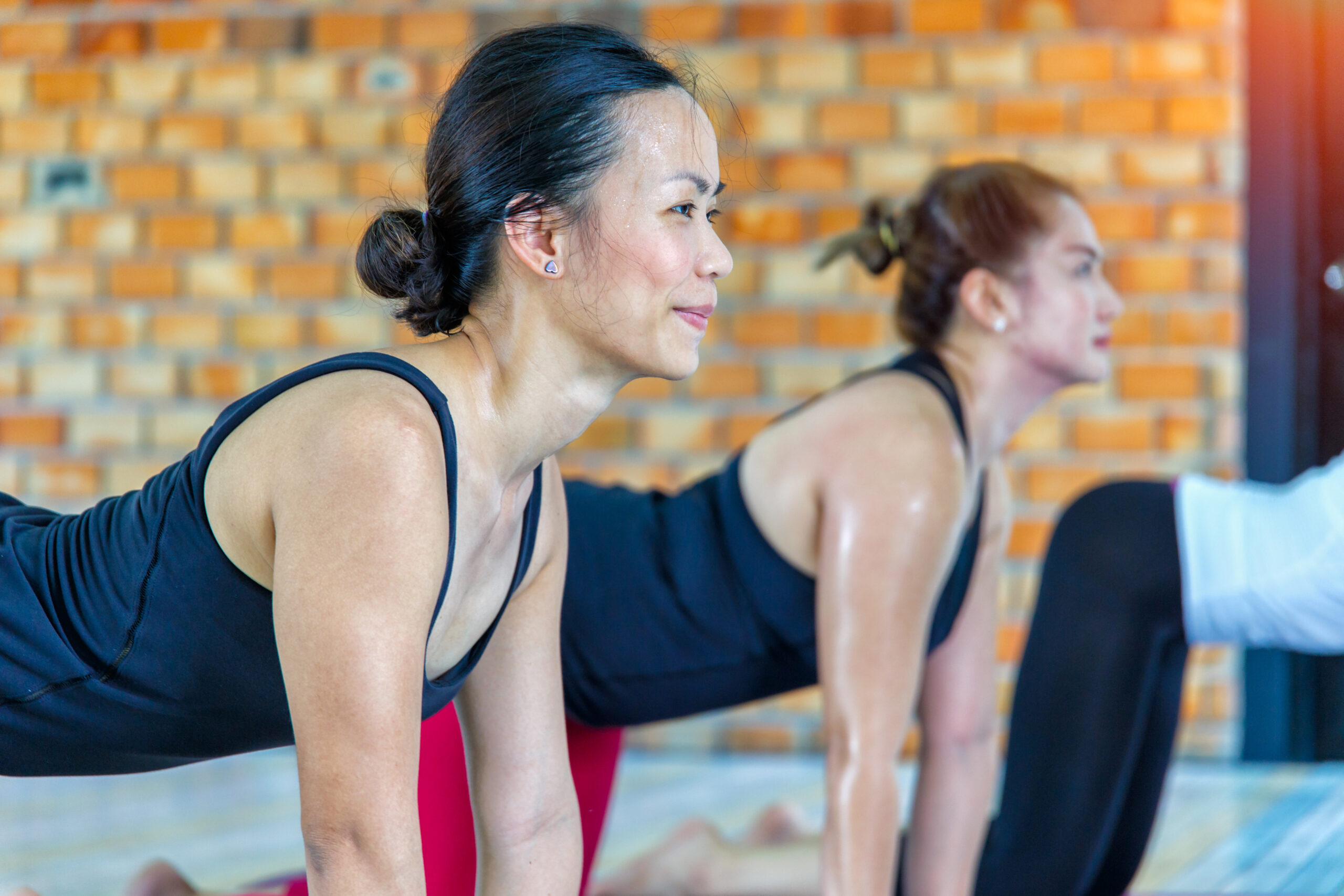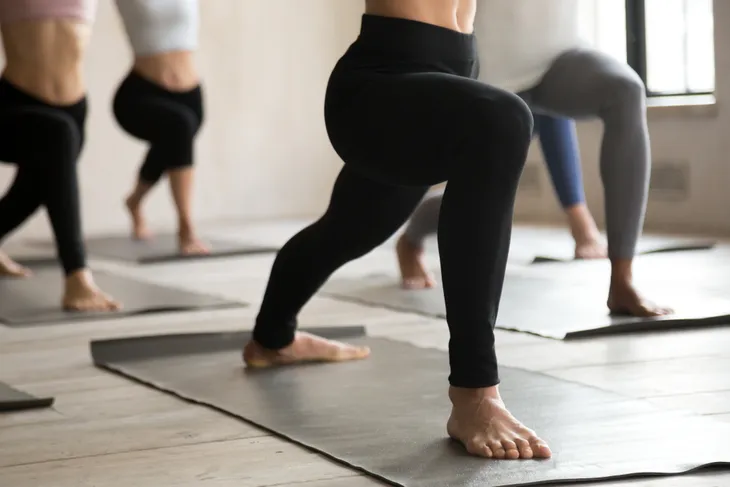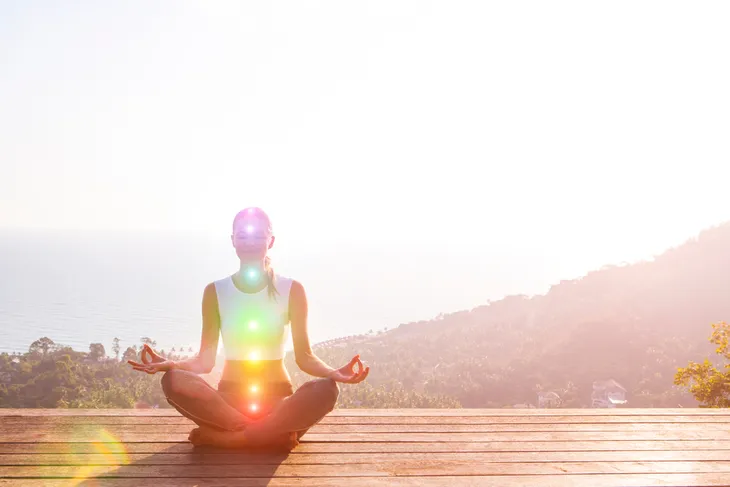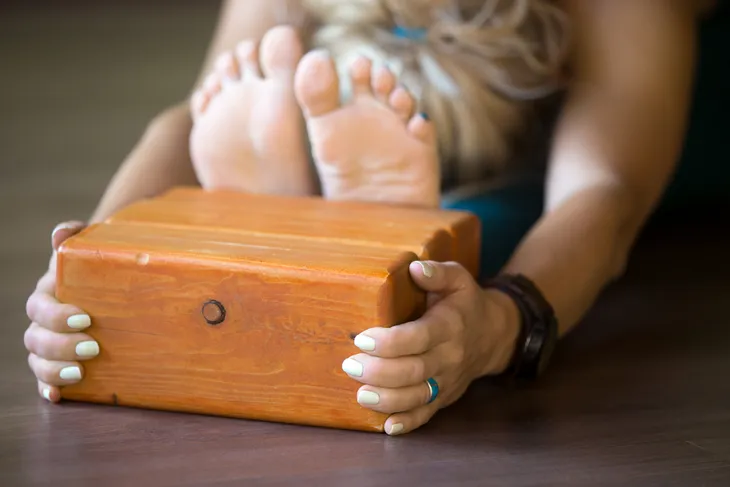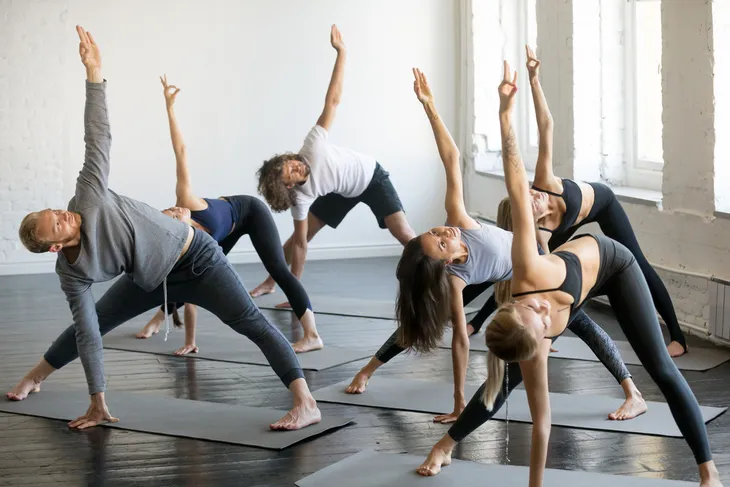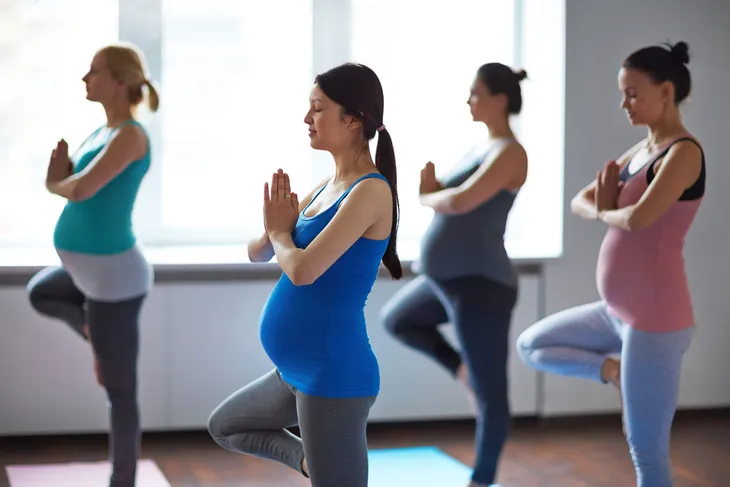Yoga has many health benefits, from reducing stress and clearing the mind, to creating long, lean muscles and a strong core. Whether or not you’ve been enjoying and reaping the benefits of yoga for a while now, or just leaning into it, there are so many different levels available to work through. From beginner to expert, as well as different styles and types, there’s something for everyone.
The variety and choice is one of the biggest benefits of yoga, but it can also be overwhelming and make it difficult to find which is the right fit for you — your body experience and fitness level. Check out some of the most popular types and levels of yoga out there, to help you figure out what type of yoga is best for you and to discover yoga styles you may not known about…
Hatha Yoga
Hatha yoga is one of the most popular and common types of yoga in North America, and it’s great for beginners because of its structure and postures. You’re not going to get a vigorous workout—instead, gentle movements and poses will help create long muscles and loosen you up. It typically focuses on three aspects: breathing, meditation, and postures.
While many beginners are attracted to Hatha yoga for its easier moves and slower pace, it can be a good fit for all fitness levels because of the relaxation and loosening of your muscles, and can be an effective way to relax after a busy or stressful day.
Anusara Yoga
Another form of yoga fit for beginners or those who are nervous trying something new, but have tons of energy, Anusara yoga allows you to let loose some of your extra energy in a way that isn’t typical for yoga. While Anusara yoga doesn’t require you to have previous yoga experience, the upbeat nature of these classes can be perfect for people who thrive on the support and motivation from group classes.
You’ll do moves that have different levels of difficulty, and you simply do what your body and fitness level allows you to. There’s no pressure to force yourself into perfect poses, but you’ll learn how to do poses properly to prevent injuries.
Kundalini Yoga
Kundalini yoga focuses on addressing and freeing the energy that collects at the base of your spine around your tailbone. The energy there is considered your Root Chakra, and reflects your survival center. Kundalini yoga helps you get and stay in tune with what keeps you grounded and makes you feel secure. You’ll unleash the power of your Root Chakra and build amazing core strength.
Some of the poses are more advanced and you’ll definitely be feeling the workout by the end of it. However, the benefits, freeing and stabilizing this energy-filled area, can be quite freeing in itself.
Viniyoga
Viniyoga is a gentle form of yoga that’s perfect for beginners, people recovering from an injury, or for those who want to warm up their muscles. Your don’t have to be an expert or be able to do advanced moves—the focus is on your breathing and how your body moves, stretches and relaxes.
The moves and routines can be customized and altered to suit each individual’s needs and abilities, and these classes are often taught one-on-one. Similar to some other types of yoga, Viniyoga can be a good place to start if you’re new, but even experts can benefit from the gentle moves and spiritual connection you’ll experience.
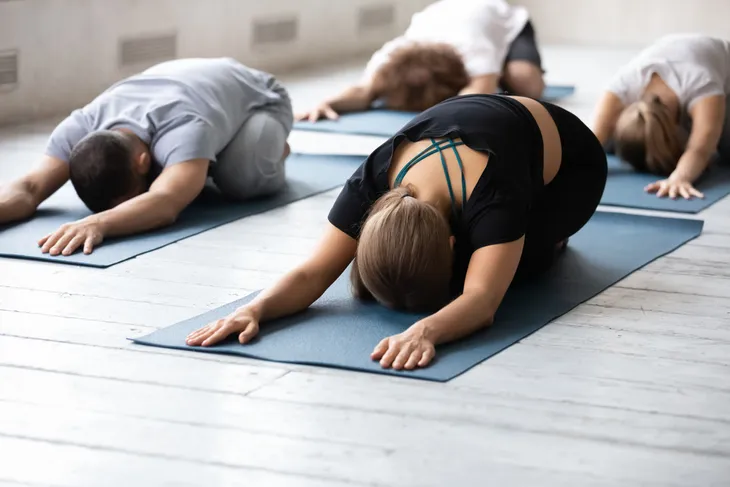 Shutterstock/fizkes
Shutterstock/fizkesPower Yoga
The name itself should give you an idea of the intensity and type of exercise. Power yoga requires quite a bit of athleticism and guarantees a challenging and intense workout. If you’re looking for weight loss, this is the right yoga for you. Flowing from pose to pose, you’ll get a great cardiovascular workout while strengthening your muscles and improving your balance.
Power yoga typically doesn’t include the spiritual aspect you’ll find in many other forms of yoga, so if you’re looking for a workout that will push you hard and burn tons of calories without the focus on connecting with your inner self, this is the one for you.
Bikram or Hot Yoga
If you exercise regularly or follow health trends, you’ve likely heard of the term hot yoga, or Bikram yoga. During this type of yoga, the temperature is set to over 100-degrees-Fahrenheit with a high humidity level, turning your surroundings into a sauna and adding a significant challenge to your workout.
You’re obviously going to sweat a lot during this extremely popular form of yoga that includes a standard 26 poses. It may sound like only expert yogis should take a Bikram yoga class, but it’s actually fit for beginners too. It’s best to check with your doctor before signing up though, as it may not be safe if you have certain medical conditions.
Restorative Yoga
Restorative yoga is pretty much exactly how it sounds and is perfect for people recovering from an injury or looking for a calming and relaxing exercise. You spend a long time in each pose, and varies depending on the teacher and class. Or, if you’re someone who prefers to work out at home or wants to find a relaxing way to let go of stress on your own time, you can spend even more time in some poses.
The time you spend in each pose is used for meditation and self-reflection, allowing a sweet release when the routine is finished. Only a few simple poses are done, usually with props like blankets, straps, and bolsters to offer support and adjustment to injured or weak areas.
Iyengar Yoga
Iyengar yoga is one of the main styles that uses props like blocks and straps. There’s a lot of focus on doing poses properly and achieving the right alignment. Those with a chronic condition or injury could greatly benefit from this style of yoga because of the focus on doing each move precisely.
Getting your body properly aligned is integral to heal well after an injury or to help relieve some chronic medical issues— improper alignment can affect all areas of your body and hinder the healing process. Iyengar yoga is also good for people who like structure or are injury-prone, with poses that can easily be modified.
Vinyasa Yoga
Anyone who enjoys yoga poses that flow from one to the other would enjoy Vinyasa yoga. It’s filled with a variety of poses that will get you sweating with intense, fluid movements (or flow). One of the best things about Vinyasa yoga is how different each class can be—there isn’t a set number of poses that you’ll do during each class, making it appealing to people who don’t like doing repetitive routines or who are easily bored.
Vinyasa yoga works well for beginner yogis, but also for those with an advanced skill level. It’s all about finding the right class for you, and you’ll easily be able to find a flow class since it’s one of the most popular styles in North America.
Prenatal Yoga
This type of yoga is best-suited for pregnant women (obviously!) and can provide a lot of mental and physical benefits during a pregnancy. With a focus on breathing, prenatal yoga has shown to help pregnant women with many things, some of which include better sleep, decreasing lower back pain, and for building strength and flexibility in muscles needed for child birth, and lowering stress.
Having a child takes a toll on the body and mind, and prenatal yoga can help you both during your pregnancy and after. Being a parent is stressful and this type of yoga could greatly help you prepare for what’s to come.
